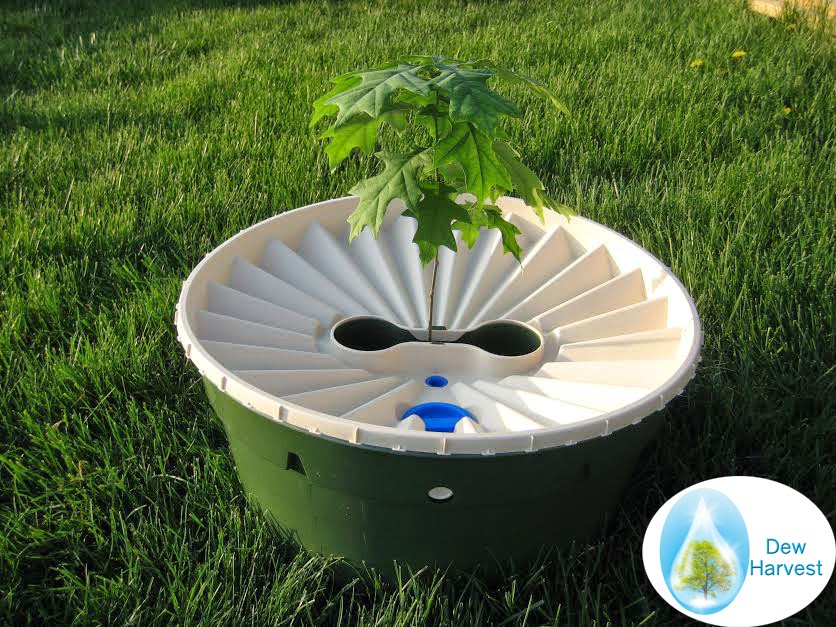This tree is a disaster, and the fact that it is still planted anywhere is a travesty. Let us examine the ways in which this tree is unworthy of planting.
First, it is invasive. The Bradford Pear (actually known as Callery Pear elsewhere) was originally imported from China. It is extremely fast growing, and of course this is one of the reasons for its popularity. A single domesticated Bradford Pear cannot produce fertile offspring, but because these trees are planted so much in the suburbs, two trees within pollinating distance from each other can produce fertile seeds. These seeds become easily established and take over bare fields. The Bradford Pear is listed as invasive in Tennessee, Illinois, Alabama, Georgia, and South Carolina.
Second, it smells. The Bradford Pear smell is frequently described as that of rotting fish, rotting flesh, chlorine, and other more unpleasant things. When planted en masse this smell is quite noticeable. Few other flowering trees have unpleasant odors, most being pleasing.
Third, Bradford Pears only live about 25 years. This is shorter lived than many shrubs, and most home owners don't want to replace their main landscape tree with something new (and smaller) in just 25 years.
Finally, the Bradford Pear is extremely prone to breaking in any inclement weather. We have seen half of a Bradford Pear split off in a gentle rain (perhaps the raindrops were too heavy?) with no wind. Wind, of course, will also break many branches. The reason for this is the sharp (acute) angle the branch forms with the trunk of the tree. As the Bradford Pear is almost always planted for its looks, a large segment missing from the tree after a few years is hardly ideal.
 |
| This Bradford Pear almost completely collapsed in a moderate rain |
So what trees should be planted in place of the Bradford Pear? Well, there is no simple answer, but we do have several suggestions.
The Yoshino Cherry, also imported from Asia, is a beautiful, pleasantly fragrant tree with a similar maximum height. It grows in zones 5-8, and has a medium growth rate. It also has a rounded canopy, but not quite to the extent of the Bradford Pear.
For a fast growing but strong and long-lived shade tree, we recommend the Northern Red Oak. This tree will grow in zones 3-8 and is much faster growing than most oaks (on par with silver maples, another terrible tree to plant). It has a red fall color similar to the Bradford Pear. While the Bradford Pear is famously weak-limbed and short lived, the Red Oak can live up to 500 years, adding beauty and value to your property.
Won't planting different trees lead to slower growth? Not necessarily. When most homeowners purchase trees, they buy large, containerized trees from the local big box retailer. They assume that since these trees are large now (at least in terms of a canopy) they will grow fast and remain larger. This is not the case. Roots and leaves determine the speed of growth of the tree, and when there is a mismatch between the two (like with trees bought in a container), these trees languish for years with barely any growth (if they survive). A much better option is to buy small, bare root trees, purchased and shipped to you from ArborDay or another nursery like Stark Brothers. Arbor Day is not for profit and trees there are especially affordable with a $15 membership.
When these smaller, bare root trees are planted with the Groasis Waterboxx, you never have to water them. Not only does this conserve water, but the Waterboxx can be removed once the tree outgrows it (usually 1-2 years) and reused multiple times. The Waterboxx planted tree has deeper roots than a store bought tree (see why on our website), and will be able to access deeper soil water held in capillaries. This deeper root structure supports the tree in time of drought. Be the first in your area to start growing healthy shade trees with the Groasis Waterboxx. Buy the Waterboxx here. We would love to hear your comments below - to leave one, please click on "Comments".
 |
| A seed grown oak tree planted with the Waterboxx |
Tidak ada komentar:
Posting Komentar